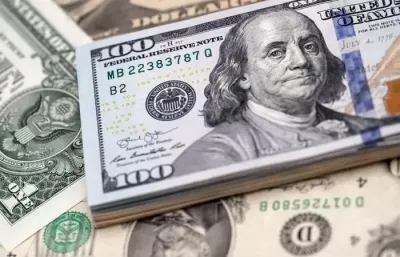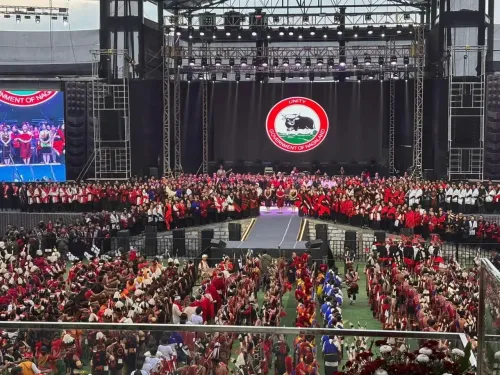Did India's Forex Reserves Really Surge by $4.5 Billion?

Synopsis
Key Takeaways
- India's forex reserves rose by $4.5 billion to $690.62 billion.
- Foreign currency assets increased by $196 million.
- Gold reserves rose by $4.5 million.
- Exports of goods and services grew by 12.7 percent.
- Electronic goods exports surged by 39.51 percent.
Mumbai, May 16 (NationPress) India's foreign exchange reserves have experienced a significant increase of $4.5 billion, reaching $690.62 billion for the week ending May 9, as revealed by the RBI data released on Friday.
The foreign currency assets, a crucial part of these reserves, rose by $196 million to $581.37 billion.
In dollar terms, these foreign currency assets reflect the impact of the appreciation or depreciation of non-US currencies such as the euro, pound, and yen held within the foreign exchange reserves. Additionally, the gold reserves, which are also a component of the forex reserves, saw an increase of $4.5 million to $86.33 billion during the week, according to the RBI statement.
However, special drawing rights fell by $26 million to $18.53 billion. India's reserve position with the IMF also decreased by $134 million to $4.37 billion in the reporting week, the apex bank's data indicated.
The strengthening of the country's foreign exchange reserves aids in bolstering the rupee against the US dollar.
An uptick in foreign exchange reserves signifies robust economic fundamentals and provides the RBI with greater flexibility to stabilize the rupee during periods of volatility.
A healthy forex reserve enables the RBI to intervene in both spot and forward currency markets by releasing additional dollars to prevent the rupee from plummeting.
Conversely, a shrinking forex reserve limits the RBI's ability to support the rupee.
In related news, India's external sector appears more resilient, with total exports of goods and services showing a remarkable growth of 12.7 percent in April, reaching the $73.80 billion mark, compared to $65.48 billion in the same month last year, despite the global economic uncertainties resulting from US tariff hikes, as reported by the Commerce Ministry on Thursday.
The nation's merchandise exports surged by 9.03 percent to $38.49 billion in April, with high-value electronics and engineering goods leading the growth, showcasing the expanding manufacturing base of the country.
Specifically, exports of electronic goods skyrocketed by 39.51 percent to $3.69 billion in April, up from $2.65 billion in the same month last year.
Engineering goods exports also rose by 11.28 percent to $9.51 billion during the month, compared to $8.55 billion in April last year, while gems & jewellery exports saw a 10.74 percent increase to $2.5 billion from $2.26 billion.










